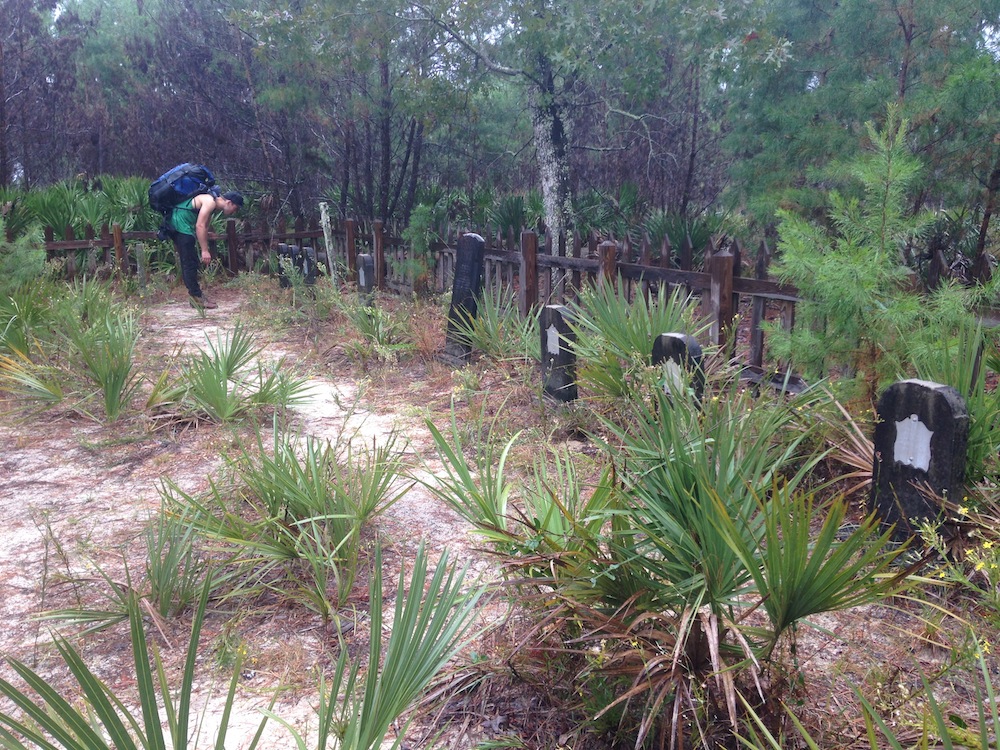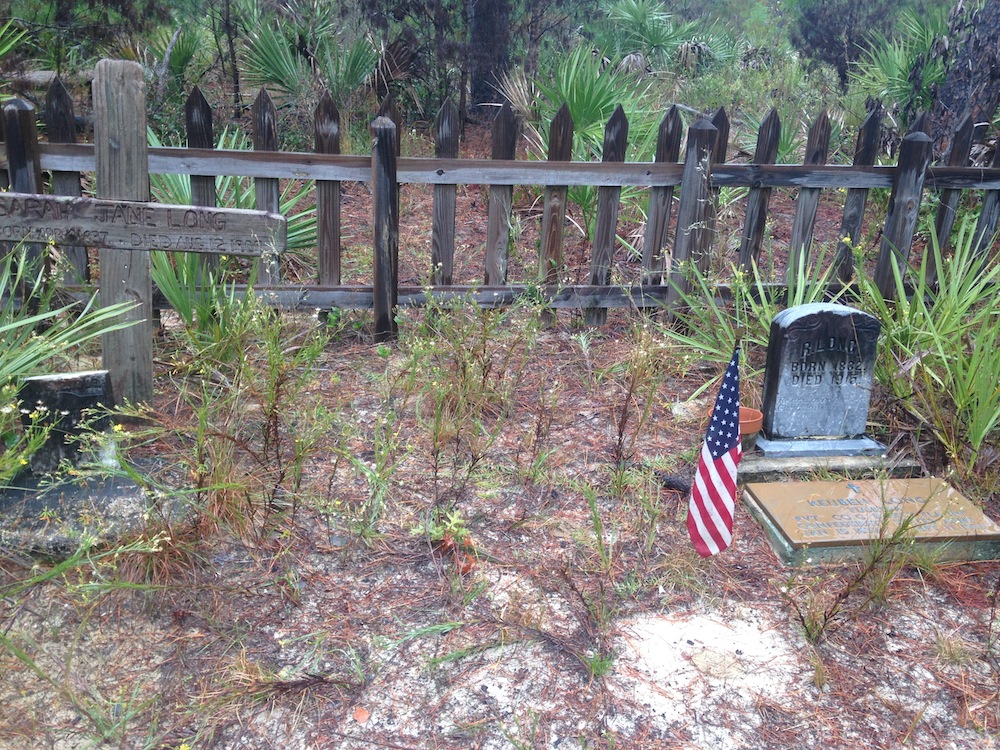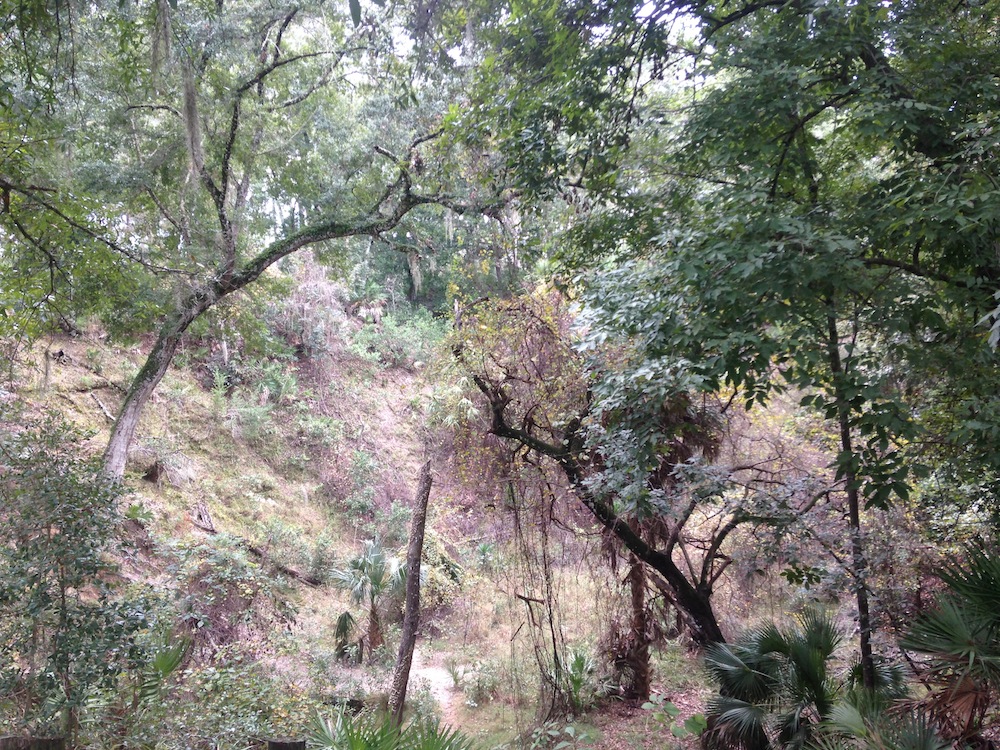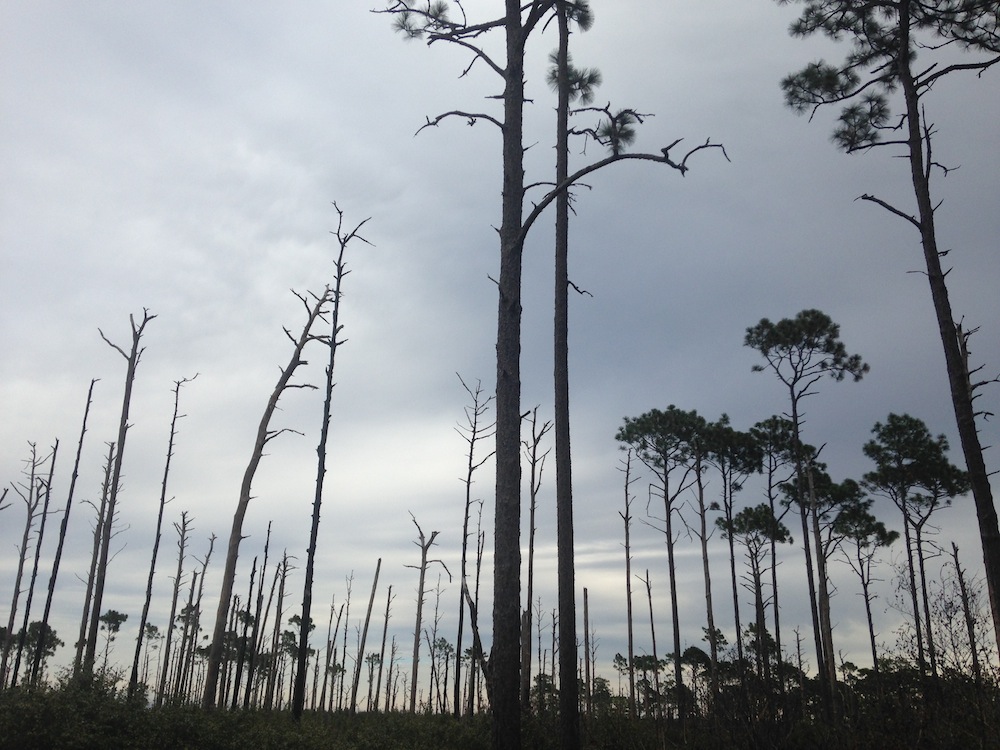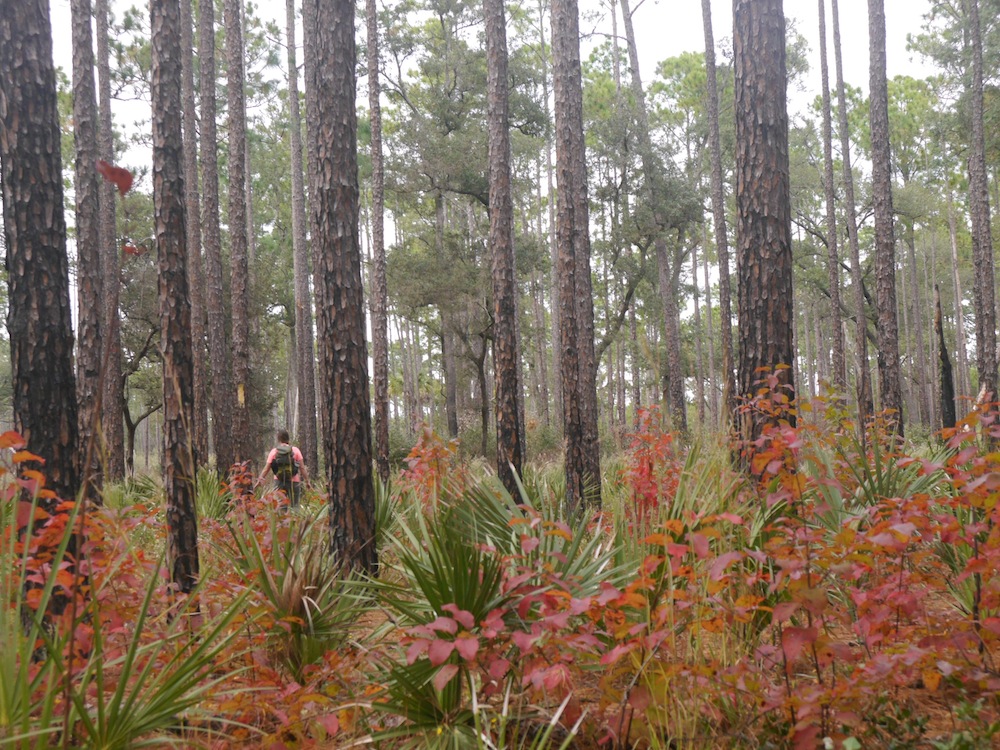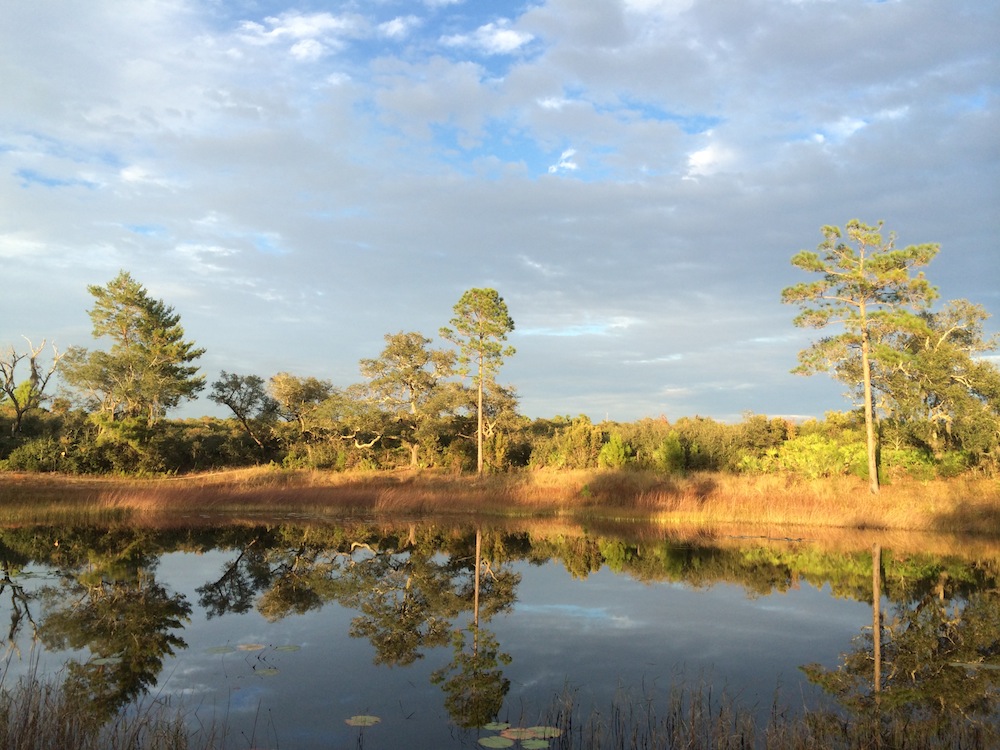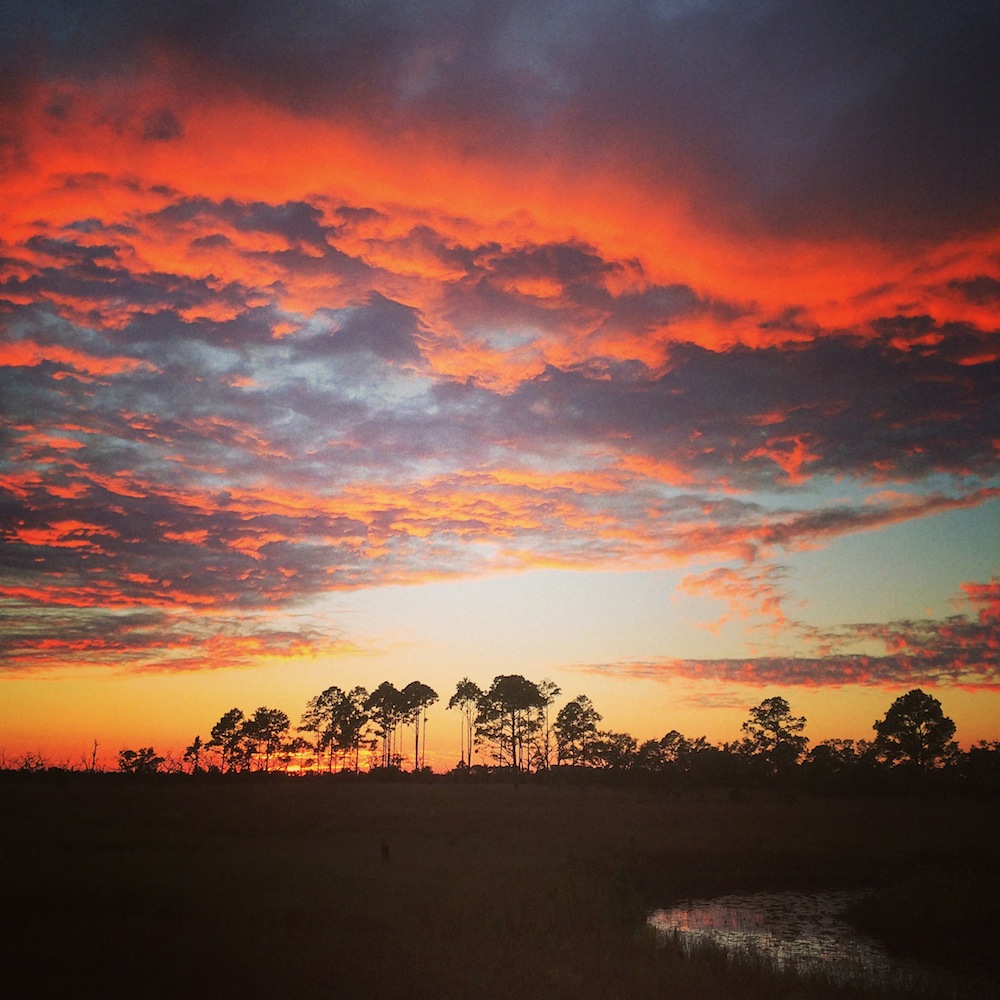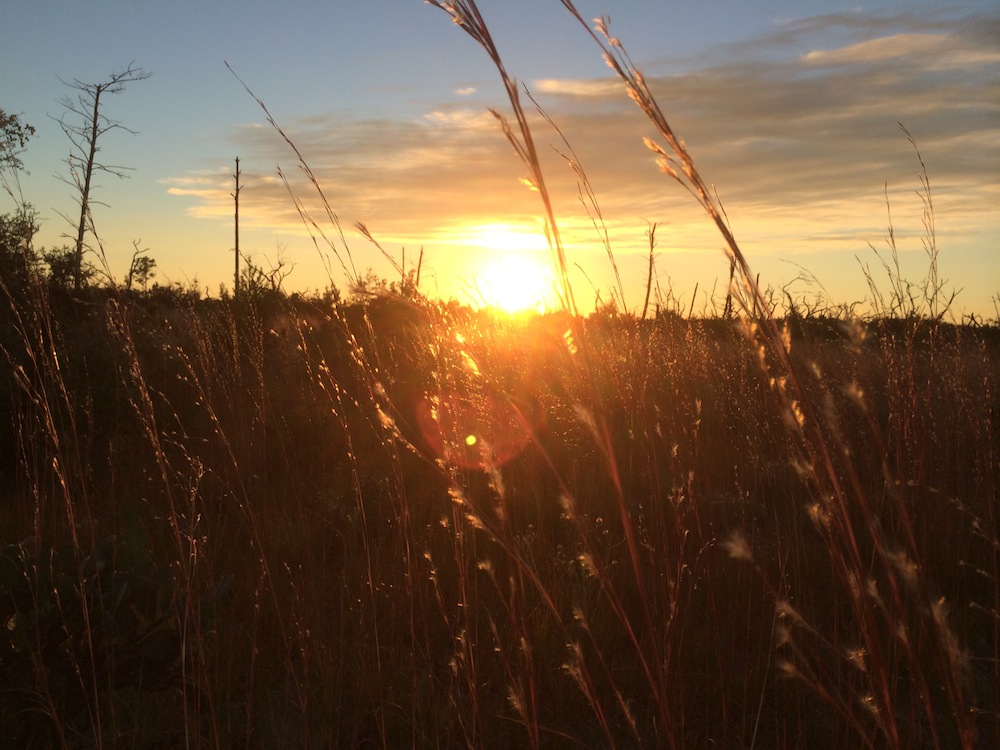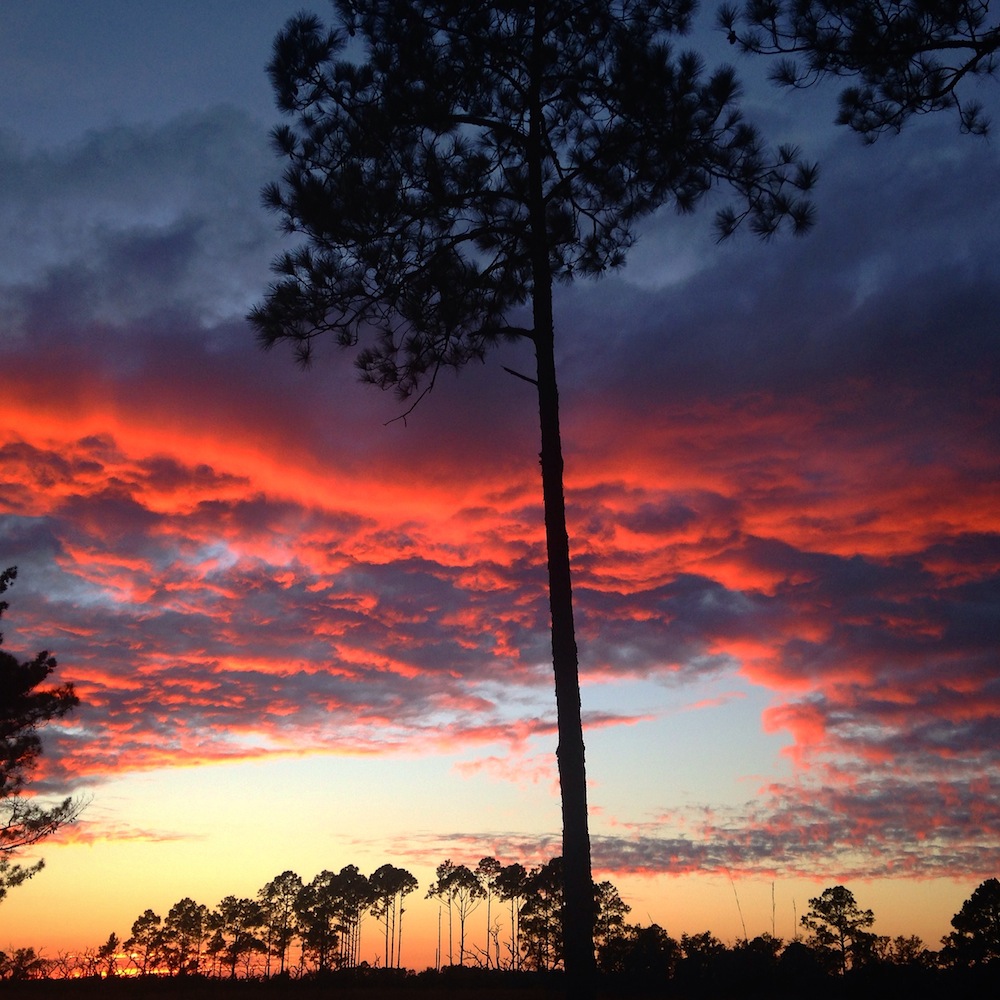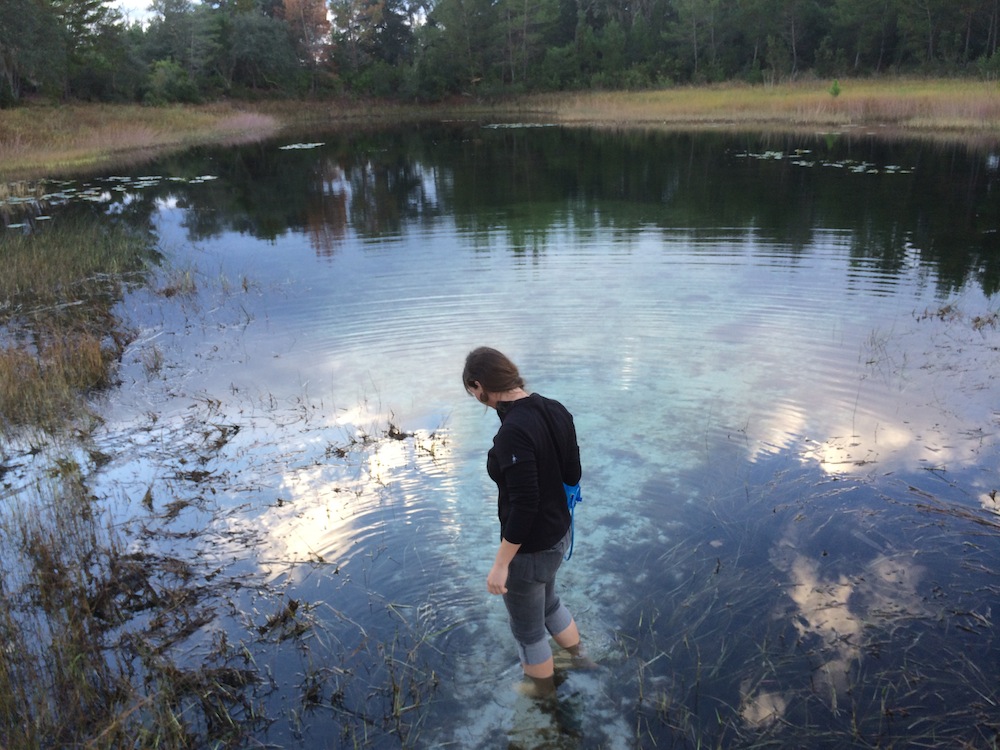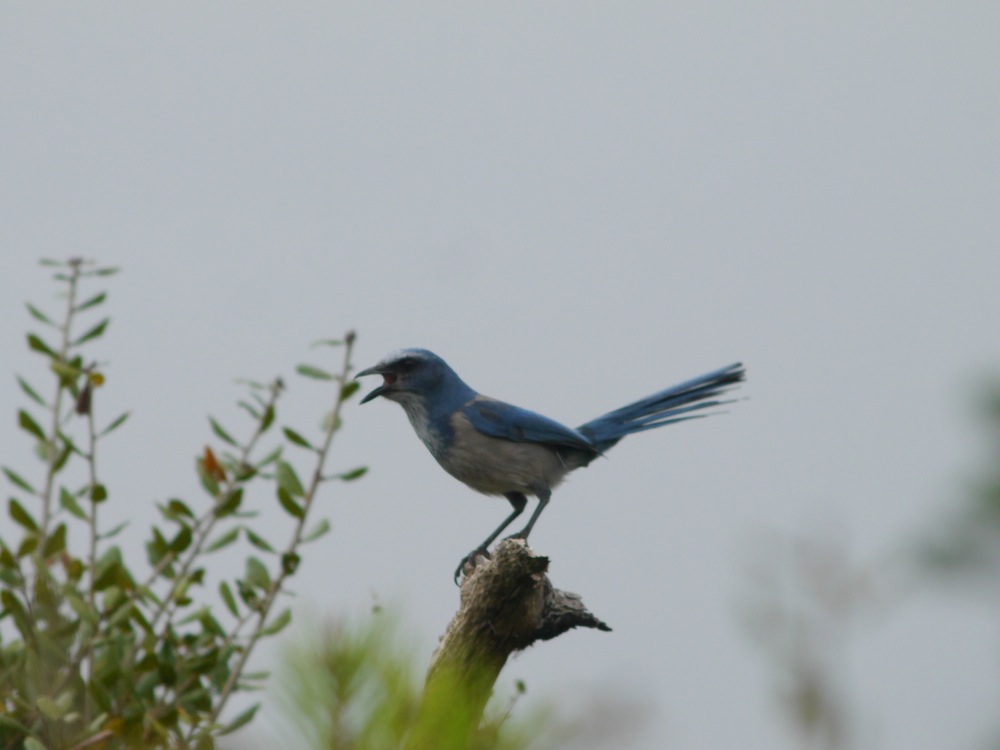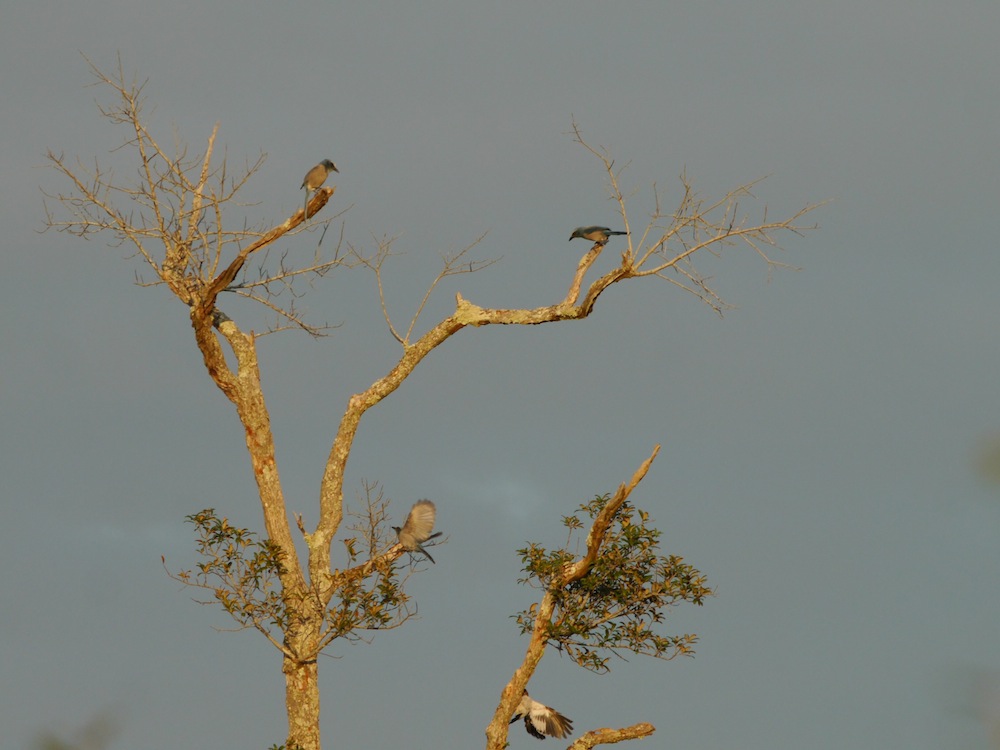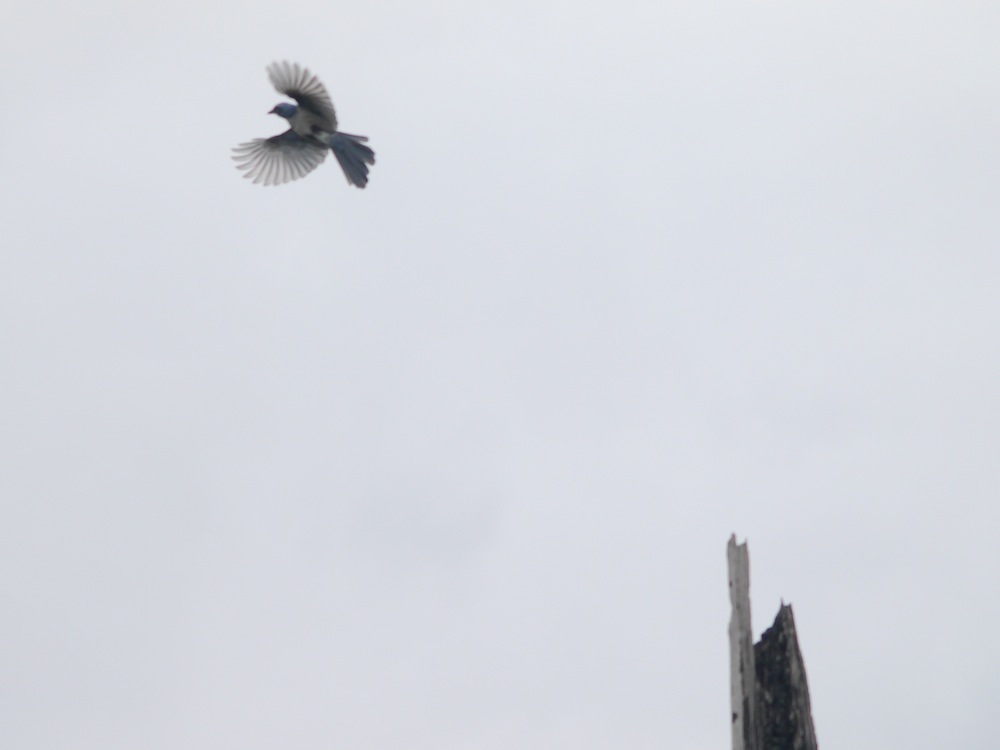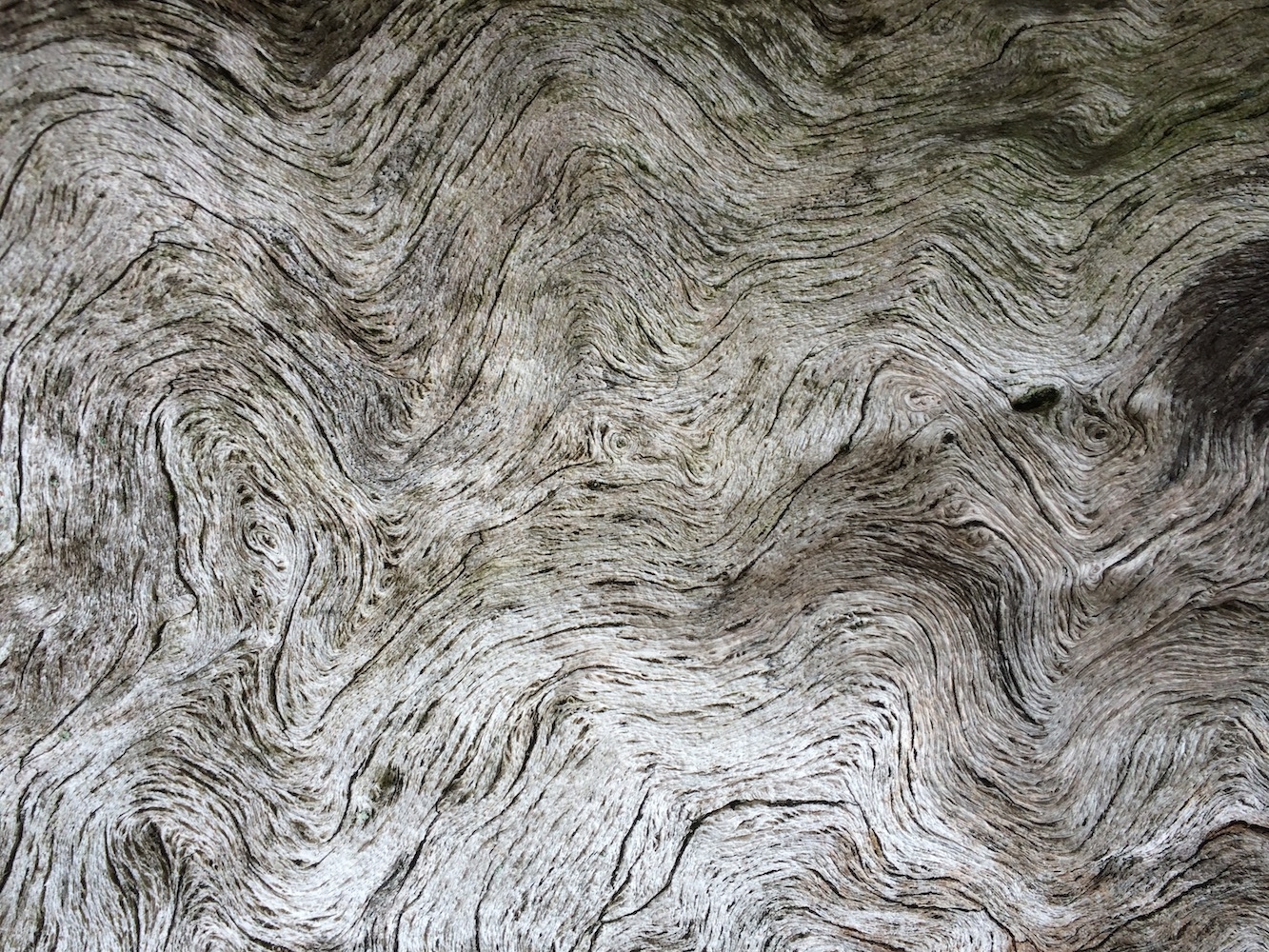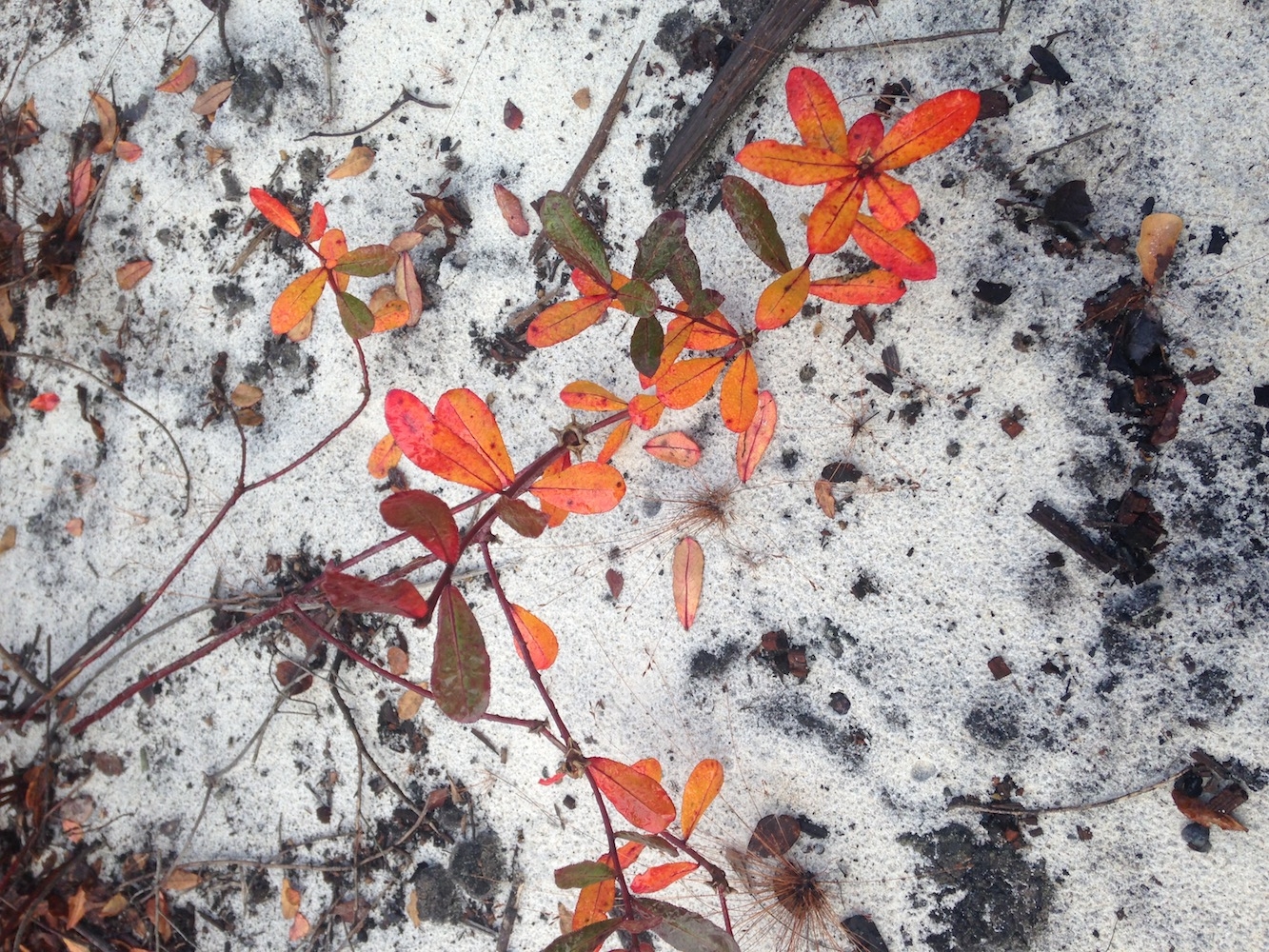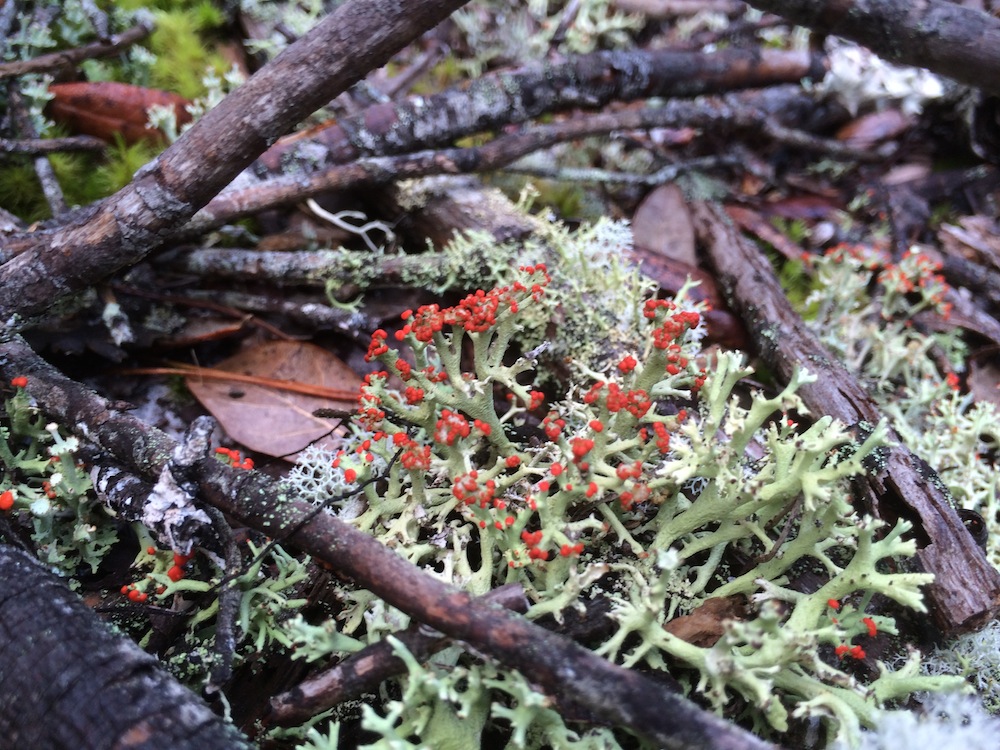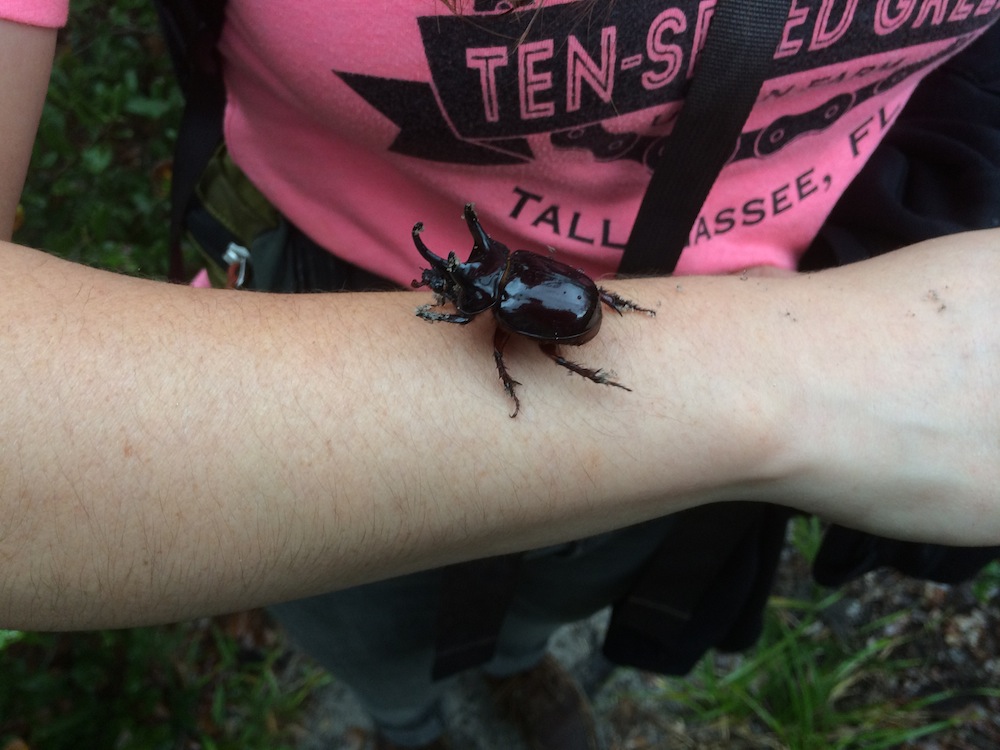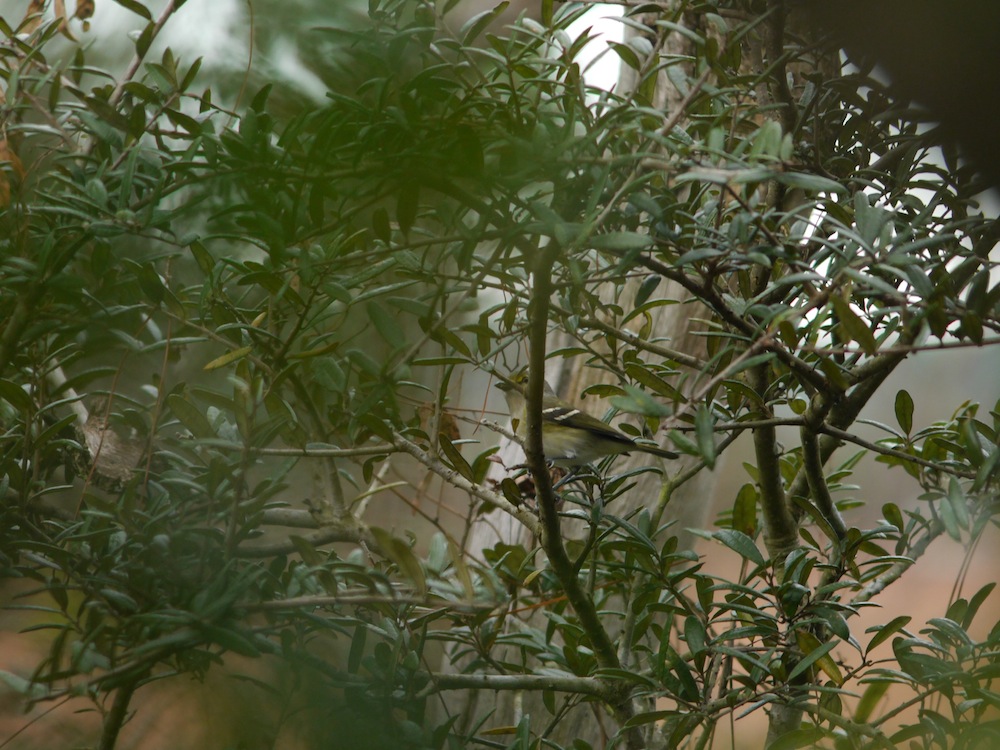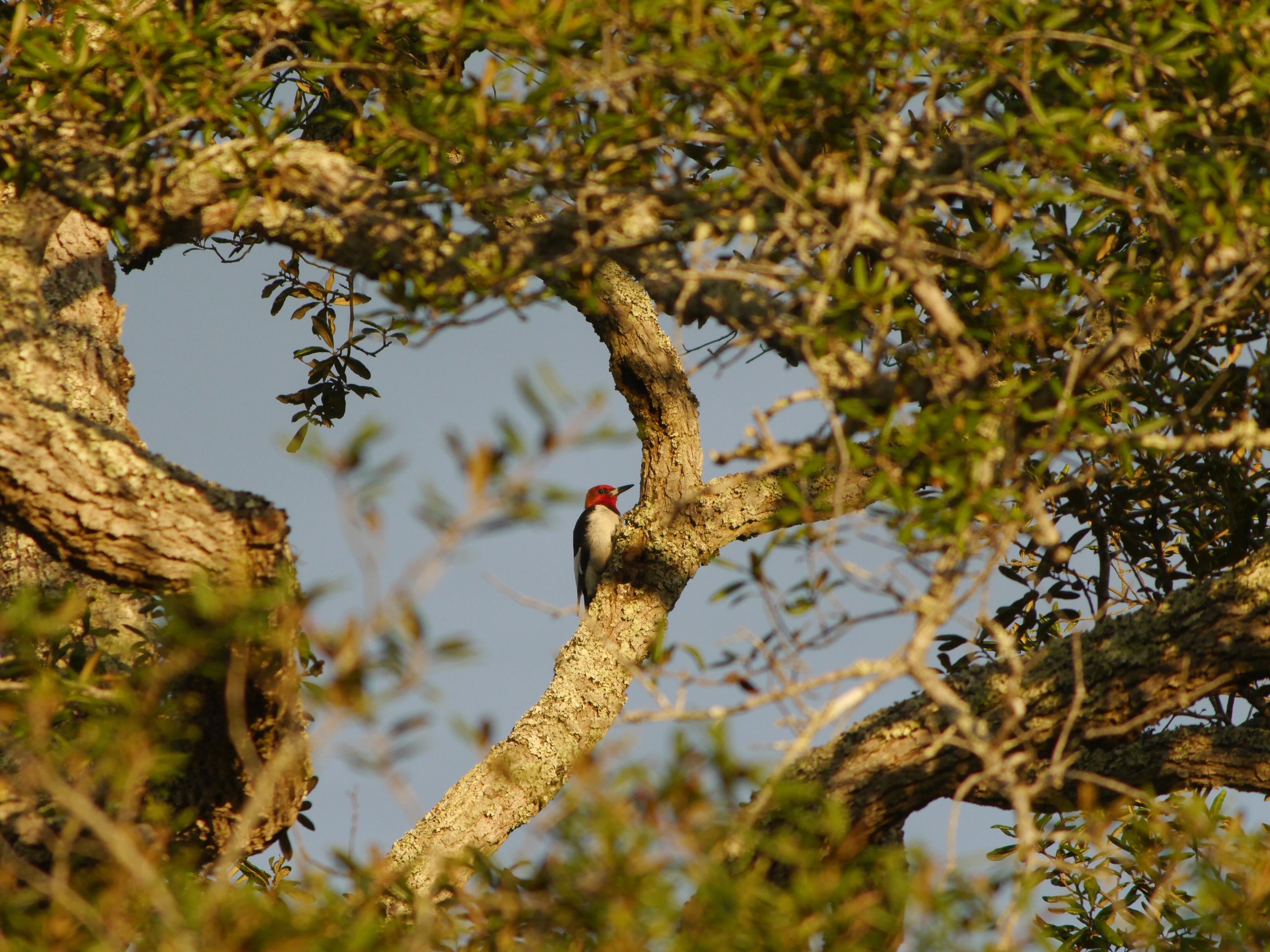Moving is hard. I hate it. I spent the better part of a year deciding to move, dreading moving, actually moving, and adjusting to moving. There have been a lot of changes for me recently and I haven’t welcomed all of them.
I spent a week at home in Tallahassee over Christmas, and as nice as it was to see everyone I grew up with it was pretty overwhelming. A lot of people asking when I was moving back, when I was starting a new farm, if I was excited about starting school, and I just didn’t know what to say. What, I’ve lived in a new place for a few months now, I don’t really know anyone, I make long lists of house chores to keep myself occupied, and all I know about grad school is I’m signed up to take data analysis? Life’s great!
Social exhaustion led me to beg Travis to plan us a little New Year’s camping trip. I didn’t want to deal with trying to find a party in Tallahassee or Gainesville, and I didn’t really have the energy to talk to anyone anyway. So Travis picked a weekend on the Suwannee, starting up at its source in the Okeefenokee Swamp in South Georgia and paddling for two nights. Perfect opportunity to try out the new canoe he got me for Christmas.
The canoe was loaded, our stuff was packed, and then I stabbed myself in the hand.
If you have the opportunity to use scissors to open a package, use those instead of a dull pocket knife, ok?
I wanted to avoid New Years so desperately that I was ready to continue on, and it took my hand swelling and bruising to almost twice its size for me to consent to an emergency room visit. I didn't need stitches, but we were in for a night in Gainesville despite it all.
Our neighbors up the street invited us last minute to their New Year’s potluck at their cute little house, complete with their whole work crew from Swallowtail Farm and a super impressive farm food spread. It was truly lovely. However, I was in such a bad mood that all I could think was that my house was too small and janky to every have a party like this, and even if I had friends I don’t have a farm anymore so I wouldn’t have anything to feed them. Instead of being friendly (a challenge for me even in a good mood), I hid and took sulky bathroom selfies.
As it happens every New Year, there was a countdown, there was champagne, and when we woke up the next day it was 2015. Everything was still 100% packed, and we left the house in record time. A couple hours later, we arrived at the boat ramp in Fargo, Georgia.
It was a truly wintry day. Luckily it wasn’t too cold, but if we had snow in these parts I would have guessed we were about to get some heavy flurries. The sky was grey and heavy, and it drove out the shadows that should have been following us. Besides that, we had spent whole week before Christmas in the rain, and turns out that rain was still seeping all throughout the swamp. The river was only a couple of feet below flood stage, and the riverbanks were pushed back a good 50 feet on either side in some places. All we could see were the tippy tops of tree branches sticking out of solid black water, leaving the width and height of the submerged trunks to the imagination. Though most of Florida is evergreen in every season, the swamps are one place where most of the trees shed their leaves throughout the darkest months. The bare riverbanks, grey skies, and drowning trees made for quiet, stark scenery.
Eventually we decided that the light was getting low enough to justify pulling over on a sandbank, soggy conditions made finding an eligible camping site was a little more challenging. One of the things I like about camping on the is that Suwannee the white, sandy rivershore makes it almost like you're setting up tent at the beach. And don't worry, I came prepared with everything you need for a lucky New Years Day-- black-eyed peas, collards, and leftover champagne.
Turns out that the river is beautiful at night.
There's not a ton to do on a canoe trip besides talk with your lone companion, read aloud from your Cracker culture history book, and think about things. I feel like I've lost a lot over the past six months-- my livelihood, my friends, my home, and ultimately my identity. It's hard for me to figure out who I am when I don't have my job and my community to remind me that I'm important. But whatever I've lost, it's already happened. I can't get those things back right now. I need to stop acting like a baby.
If I'm going to make my life feel better right now, I need to recognize the things that I do have: a good head on my shoulders, a family who cares about me, and boyfriend who loves me. Those things won't bring back my farm or my friends, but it's not like I have nothing. I decided I would try harder to make life good again instead of grieving for what I've given up.
So that's how I ushered in 2015, and finished my last days of freedom before grad school classes started a few days later. Life is hard, but I'm making it work.

































